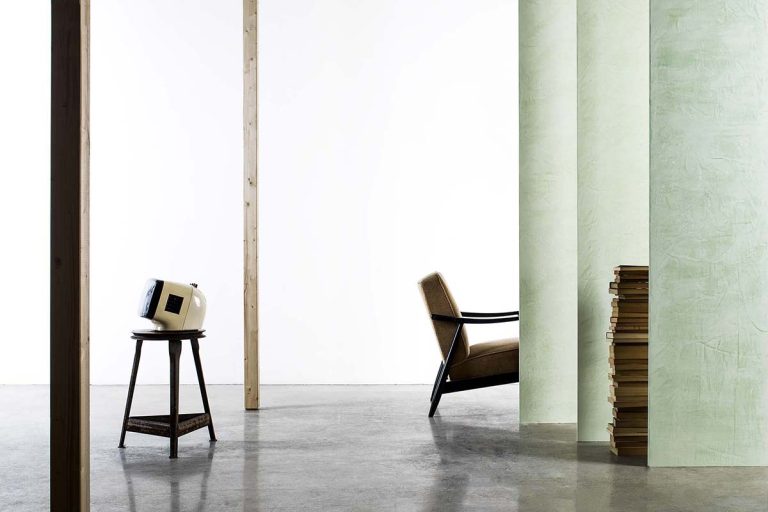In recent years, it has been understood that to create a professional, elegant, and welcoming work environment, the color palette chosen to paint the different areas is fundamental. No more banal and uniform white, the same in every room ignoring the different activities that are carried out.
Working in harmony thanks to selected interior colors encourages creativity, improves the sense of well-being, and affects productivity. It takes an elegant and sophisticated design, attention to the color combinations with the furnishings, and a careful and measured approach, but it is a job that can influence the general atmosphere of an office and a workplace in general.
Colors and productivity
The colors that surround the workplace can have a significant impact on the well-being and productivity of individuals. Warm colors like red and yellow are known to increase energy and concentration, while cool colors like green and blue are associated with calmness and relaxation.
Choosing appropriate colors for your company can help create a carefree atmosphere, can promote cohesion and union among people, and encourages each worker to always give their best.
Different suggestions can also be created by giving freshness and refinement to the environment depending on the decorative painting chosen. For example, with Erametal, metallic effects are produced, while with Ceramitz, a matte and natural effect is created that resembles stone. In both cases, what emerges is a widespread sense of elegance and style.
Selecting colors
In selecting colors for your work environment, it is important to consider the nature of your activity, the personal preferences of your employees, and also the furnishings that are present or need to be purchased. For example, a company that deals with creativity may benefit from a lively environment with warm and bright colors, while a company that deals with financial services may prefer to be associated with a more conservative environment with cooler and neutral colors.
In any case, it is important that the chosen colors create a harmonious and coordinated atmosphere. For example, you could choose to use a dominant color for the walls and match complementary shades for the furnishings and accessories. Lighting should not be overlooked, both natural light coming from the windows and artificial afternoon light: in any case, different lights determine different reflections and sensations.
In conclusion, choosing the right colors for your work environment can have a significant impact and contribute to people’s well-being. Appropriate colors reflect a company’s style, create an atmosphere rich in suggestions, and celebrate the successes and ambitions of a business.



